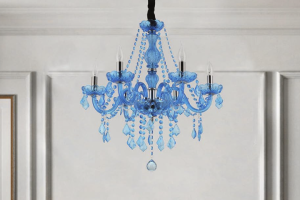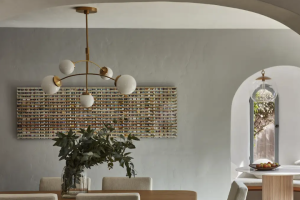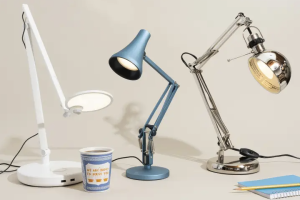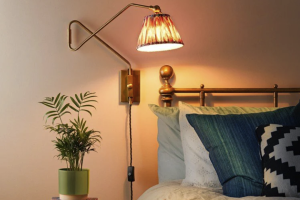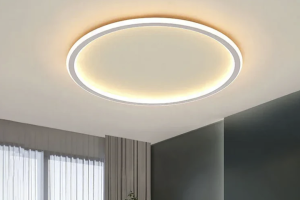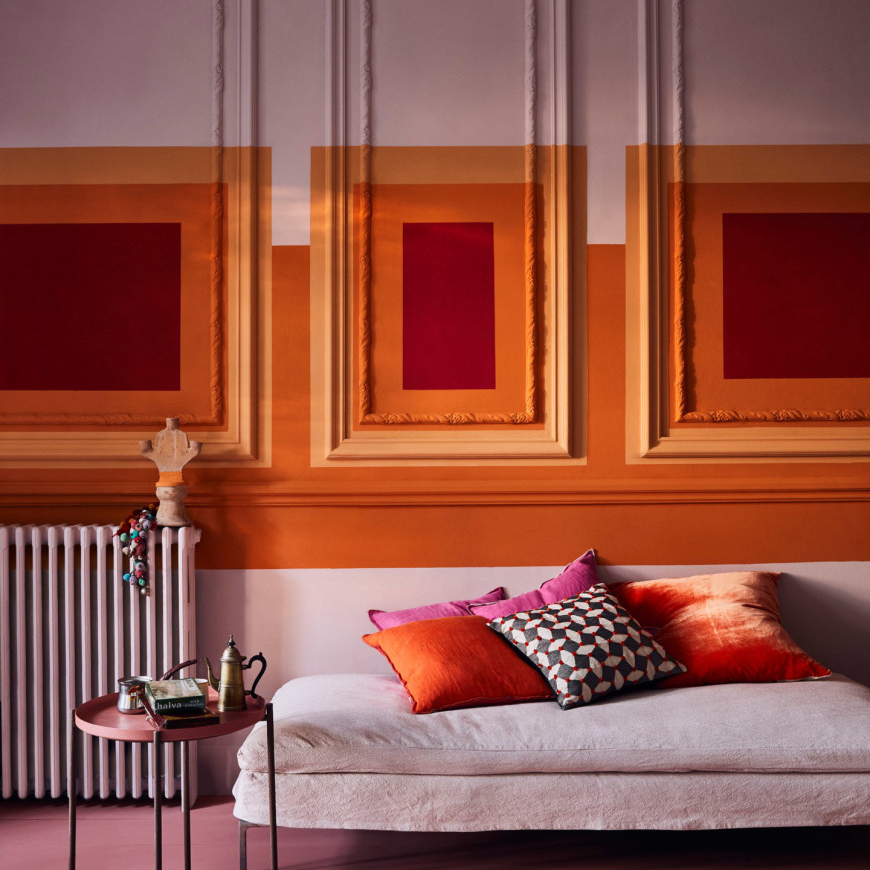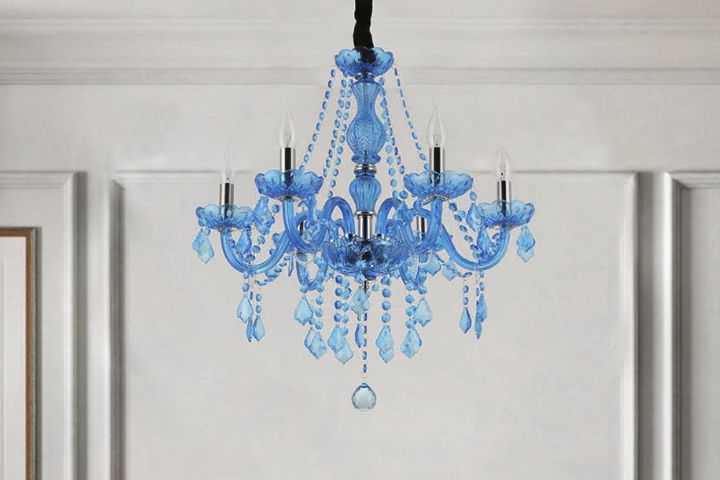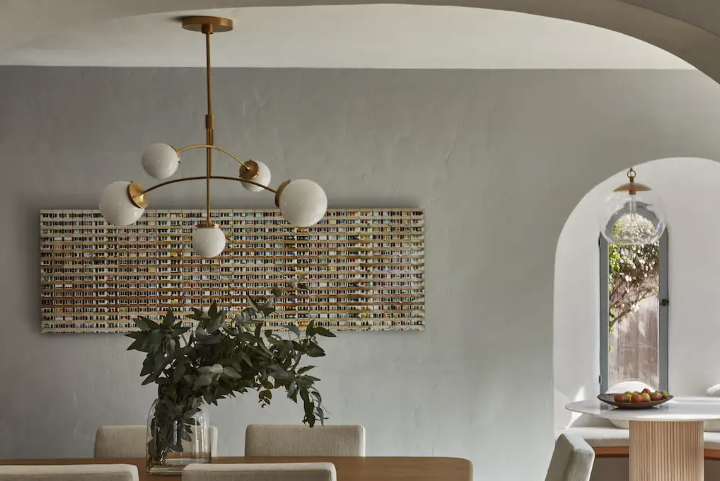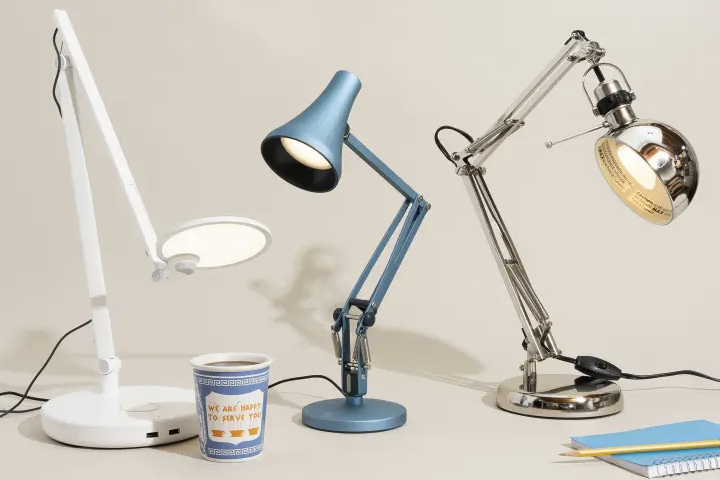
Whether you are looking to add track lighting in a new space or are redoing an old one, there are many things that need to be taken into consideration. You need to determine your intended layout, lighting requirements and the style of track lights you want to use. This will help narrow down your options and make the process much easier. If you are unsure how many lights on track lighting you will need, it is best to consult with a professional for guidance.
If you are not familiar with track lighting Jayhull, it is a system that can be installed on either a ceiling or wall. It consists of a metal track with a copper strip that conducts electricity, which allows you to place individual light fixtures (also known as heads) along the track in any direction you choose. There are several different types of tracks and head styles to choose from, so you’ll be sure to find a design that suits your needs.
Once you’ve decided on the type of track lighting you want to install, it’s time to start selecting your light fixture heads. Keep in mind that the amount of space between each light will depend on your personal preference and the items you are illuminating, but a general rule is to allow 1’ of space between each light. It is important to keep in mind that the number of light fixture heads can be increased or decreased later on, as needed.
The amount of wattage required by the track lighting will also have an impact on how many lights can be used. If you are installing the track lighting on a circuit that is not specifically designed to handle high wattage devices, it’s important to work with an electrician to ensure that the circuit can support the amount of wattage you are using.
LED track lights are very popular for their energy efficiency, but there are other options available, too. For example, some systems offer a wide range of beam angles, from 15deg to 50deg, which can be helpful if you need to light up a specific area or object.
When purchasing a track light, you’ll also need to decide which type of power source you want to use. Some systems come with a built-in transformer, while others require an external one. The latter is generally preferred, as it reduces the risk of overloading your circuit breaker.
Once you’ve determined the number of light fixtures that will be installed on your track lighting, it’s a good idea to keep a running tally of their wattage so you can be certain that your circuit is capable of supporting the total amount of wattage you plan on using. Fortunately, track lighting systems are designed to be expandable, so you can always add more heads and branches if you decide that you need additional illumination in a certain area.
There are a variety of connectors available that will allow you to turn corners, extend the length of a branch or spread out the tracks in four different directions. Some of these connectors even have a special locking mechanism that helps to prevent accidental disconnects.

